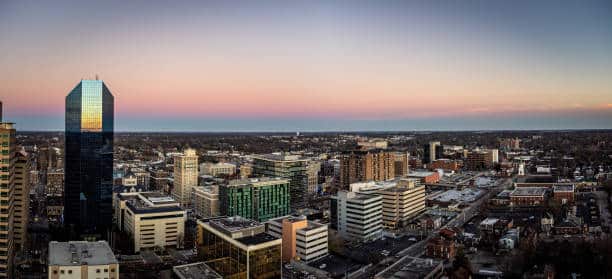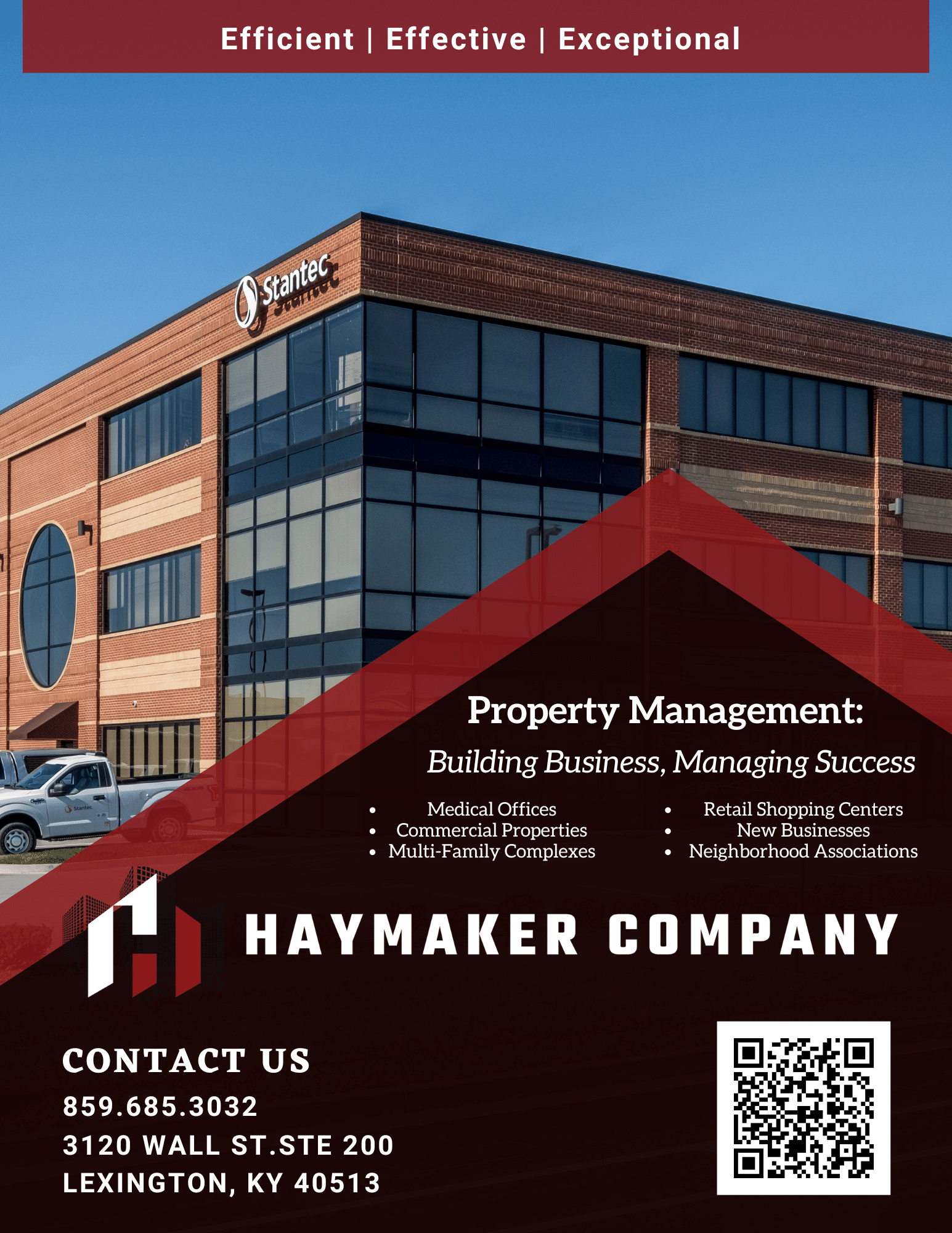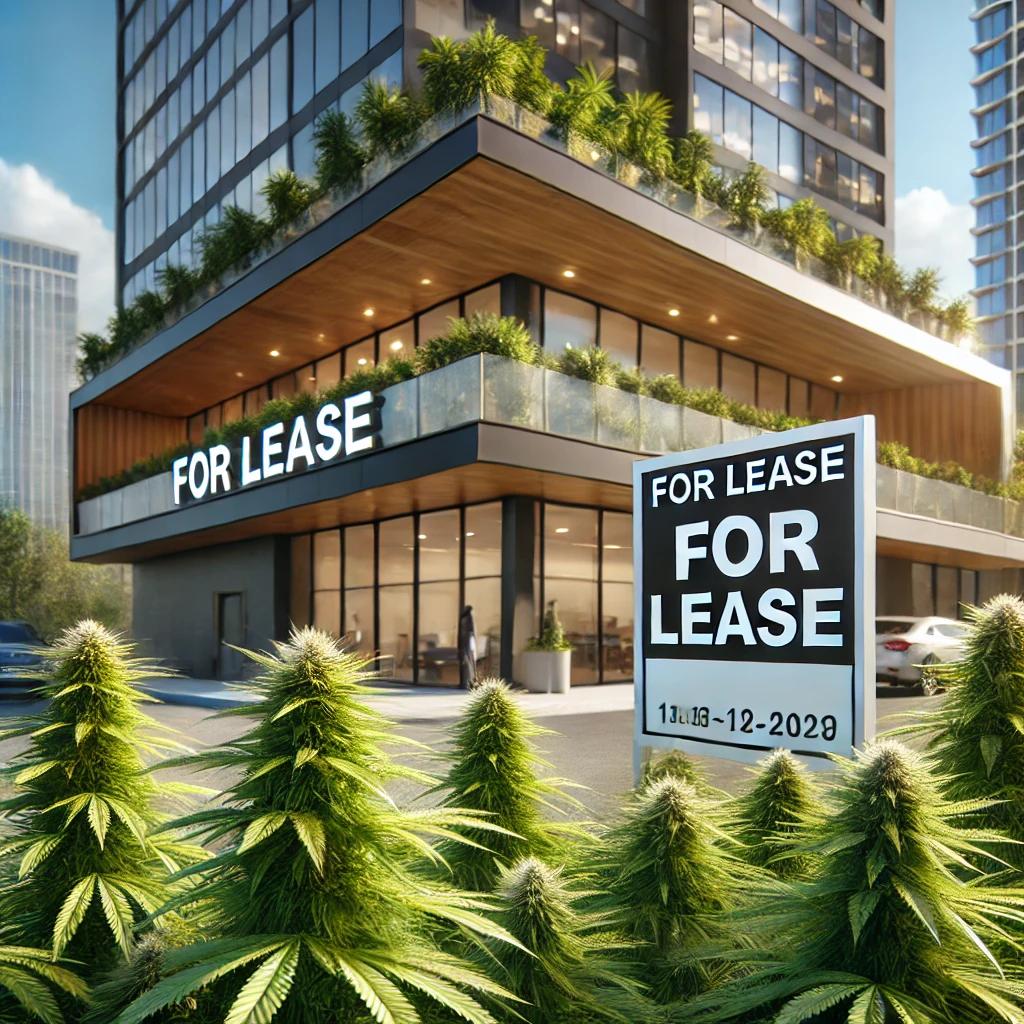
Commercial real estate in Kentucky is on the cusp of a transformative era. As the Bluegrass State continues to grow, the future of its commercial real estate market will be significantly influenced by a blend of economic trends, technological advancements, and, notably, a heightened focus on environmental sustainability. This shift towards greener practices is not only beneficial for the environment but also pivotal for the long-term success and appeal of commercial properties in Kentucky.
Economic Growth and Urban Development
Kentucky’s economy has been steadily growing, with sectors such as logistics, manufacturing, and technology seeing significant expansion. This economic boost is driving demand for new commercial spaces, particularly in urban centers like Louisville and Lexington. These cities are experiencing a surge in development projects, from modern office buildings to mixed-use complexes.
As businesses seek out prime locations, the emphasis on sustainable development becomes more pronounced. Companies are increasingly looking for eco-friendly buildings that not only reduce operational costs but also enhance their corporate image.
Green Building Initiatives
The future of commercial real estate in Kentucky is being shaped by green building initiatives. Developers and investors are recognizing the importance of sustainable construction practices. LEED (Leadership in Energy and Environmental Design) certification is becoming a standard aspiration for new projects. Buildings that adhere to LEED standards consume less energy, utilize sustainable materials, and provide healthier environments for occupants.
In Kentucky, the adoption of these practices is gaining momentum. For instance, several new office buildings in downtown Louisville are being designed with energy-efficient systems, green roofs, and advanced water management systems. These features not only lower the environmental impact but also attract tenants who prioritize sustainability.
Technological Advancements
Technology is another key driver in the evolution of Kentucky’s commercial real estate market. Smart building technologies are becoming more prevalent, offering real-time monitoring and management of energy usage, indoor air quality, and overall building performance. These advancements enable property managers to optimize energy consumption, thereby reducing costs and environmental impact.
Additionally, the rise of remote work and flexible office spaces is influencing how commercial spaces are designed and utilized. The demand for adaptable, tech-enabled environments is growing, pushing developers to incorporate flexible layouts and cutting-edge technology into their designs.
Policy and Incentives
Government policies and incentives play a crucial role in promoting sustainable commercial real estate. In Kentucky, state and local governments are implementing measures to encourage green building practices. Tax incentives, grants, and rebates for energy-efficient upgrades are available to developers and property owners who invest in sustainable technologies.
These initiatives are crucial for making green building practices more accessible and economically viable. By supporting environmentally responsible development, Kentucky can attract forward-thinking businesses and investors, fostering a more sustainable and prosperous future.
Conclusion
The future of commercial real estate in Kentucky is bright and green. As economic growth continues and the focus on sustainability intensifies, the state’s commercial properties will evolve to meet the demands of modern businesses and environmentally conscious tenants. By embracing green building practices, leveraging technological advancements, and benefiting from supportive policies, Kentucky is poised to become a leader in sustainable commercial real estate development. The transformation is not just about building for today but creating a resilient and sustainable environment for future generations.




